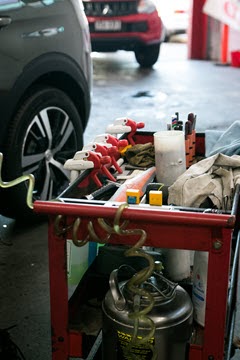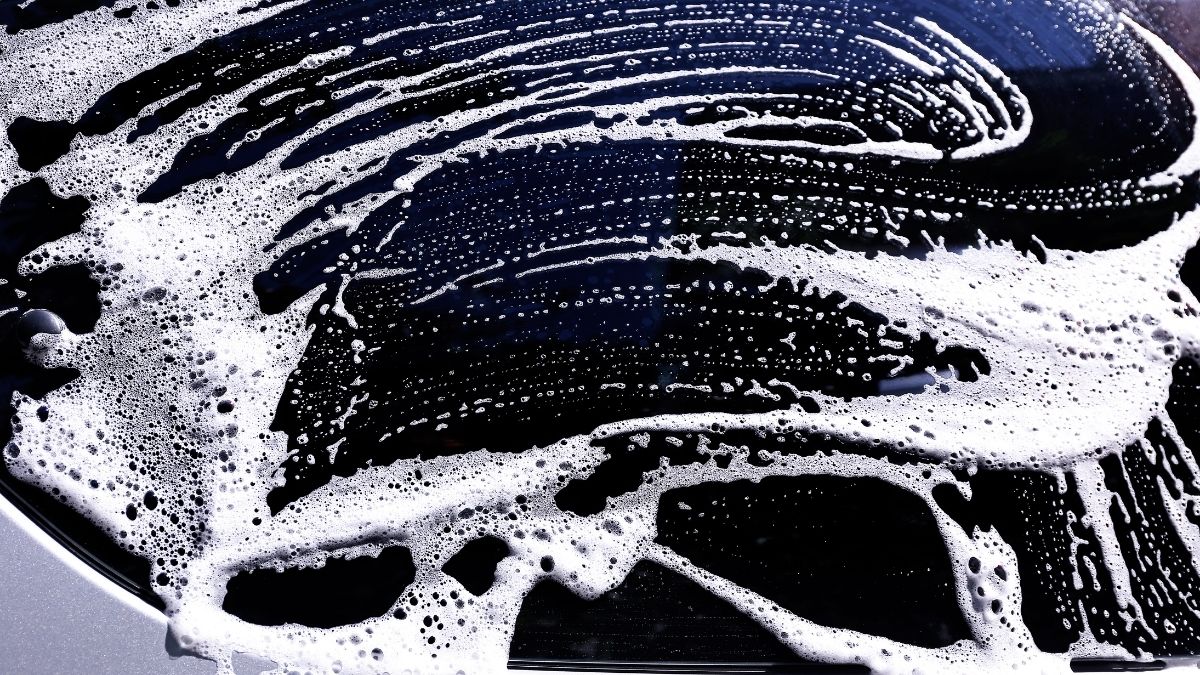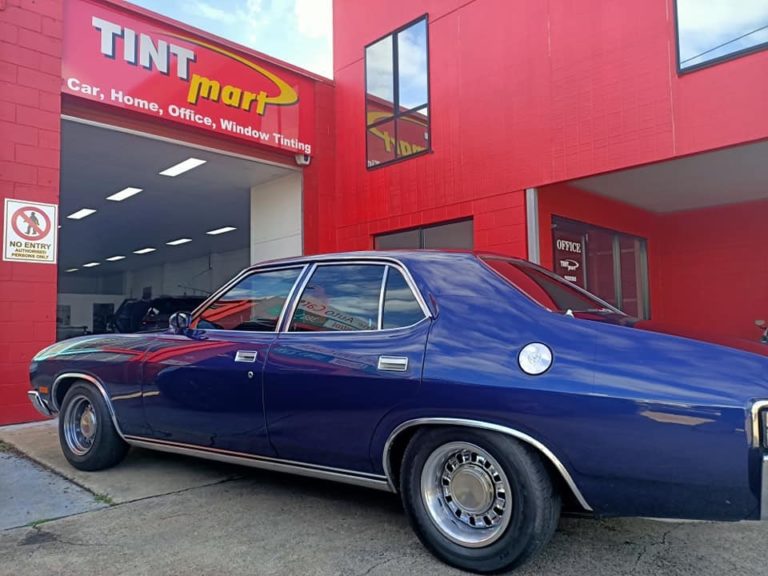How to Clean Tinted Windows Using Common Household Items
Cleaning your tinted windows properly is important for at least TWO reasons.
You’ll want them clean for better visibility, obviously. But also because inadequate cleaning tools and substances can actually harm the tint. And a damaged tint on your car windows can make your ride unsafe AND get you in trouble with the law!
So, here’s a guide that will teach you exactly how to clean tinted windows on your car or in your house.
Before we dig in, let’s get one thing clear.
An ammonia-based cleaner can be harmful if it comes in contact with the film on a window, so you should use milder agents.
Chamois are great because they help remove stubborn dirt without scratching up the surface. But if there’s grease smudges around, try some lighter detergent before anything else!
Cleaning Your Car’s Window Tint
First things first: your car windows will only get tinted from the inside. That’s less legwork for you! Clean the windows manually from the inside, and take the car to a car wash to clean it from outside.
If you look for a cleaning solution specially designed for cleaning tinted car windows, you’ll get tons of options.
But that doesn’t mean they are necessary or even safe for the tint!
As we said above, tint is easily damaged if you use strong chemicals such as ammonia. On the brighter side (pun intended!), it’s also super easy to clean. So much so that most of the time, you won’t need ANY solution to wipe them squeaky clean!
A simple damp cloth made of microfibre or chamois will do the job in 99% situations.
But what to do that 1% of the time when the good old cloth-and-water trick won’t do?
Enter another product that every household has: your humble dish soap! A drop or two diluted in water will be just enough. When you’re done removing the stains, have another go with a clean cloth and that’s it.
However, bear one thing in mind.
Whether you opt for dish soap or a special cleaner, steer clear of ANY acidic ingredients! It means no citrus or vinegar. These would definitely damage your tint!
How to Clean Tinted Windows at Home?
The rules are exactly the same as for your car’s tinted windows.
Gentle ingredients and gentle moves are the name of the game!
Your common household items will do: two microfibre or chamois cloths, some clean water, and a drop or two of dish soap (lemon and vinegar-free) are everything you need.
Grease, finger marks, soot, dust and other types of dirt – whatever it is you need to clean, these humble items will suffice.
How to Get Rid of Cleaning Streaks
Everybody knows this feeling.
You’ve just spent three hours cleaning your windows. And just when you thought you were done, you noticed those dreadful streaks.
Thankfully, this is equally easy to fix – and prevent! And you don’t need any new tools or solutions. Just add two or three more clean cloths to the equation. Needless to say, all of them need to be soft. As before, your go-to materials should be either microfibre or chamois.
The first cloth should soak up most of the extra water (whether it’s bubbly dish-soapy water or not). The second is basically for polishing things up and making sure you’ve got rid of any and all moisture.
If needed, take a third cloth too! As many as it takes to make the window dry fully.
So there’s your magic recipe to prevent those ugly streaks. Dry the windows completely!
When Do I Need to Clean My Tinted Windows?
The first rule is: do NOT clean your freshly tinted windows.
Window tint is basically a thin film that adheres to the window. Counterintuitively, the tinting is actually done using water! Of course, there will be a few tiny droplets under the tint here and there. These droplets will evaporate naturally if you leave them alone.
But if you dampen the tint additionally, you’ll disturb the film and ruin your tint before it even starts serving its purpose!
There are no hard and fast rules as to how much time the adhesive takes to dry, so you’ll need to ask the installer. Typically, it should take anywhere between two weeks and three months.
Cleaning Windows Before Tinting

Now, this type of cleaning is NOT a matter of aesthetics.
It’s a matter of how good a tint you want.
So, you should make your windows as clean as possible before getting them tinted.
But the good news is that you can do it anyway you want – using your regular cleaning solutions or not. There’s no need to put in any extra money or care into it.
However, it’s also worth knowing that you needn’t worry about this stage if you choose a professional tinting service. They will pre-clean your windows for you.
Frequently Asked Questions
Can you use glass cleaner on tinted windows?
Yes – if you do your homework and read all the labels and fine print. Commercial cleaners often contain all kinds of chemicals that could be harmful to your tint.
So, double-check there is NO ammonia or any acidic substances (such as citrus flavors or vinegar).
Can you use Windex on tinted windows?
Let’s take a look at all the cleaning agents that a bottle of Windex® contains.
A-ha! There’s Ammonium hydroxide, which is basically ammonia diluted in water. While there’s nothing wrong with cleaning your regular glass surfaces with this substance, it will likely damage your tints.
So no, you shouldn’t use Windex on tinted windows.
What does ammonia do to tinted windows?
Ammonia won’t make your tint explode or anything like that. No worries on that account! However, it will slowly dissolve and eat away at your tint’s adhesive. Bit by bit, your tint will start peeling off the surface.
If you have tints in your house, that’s “just” ugly. But if you have them on your car’s windows, it can get dangerous, both for yourself and your wallet!



